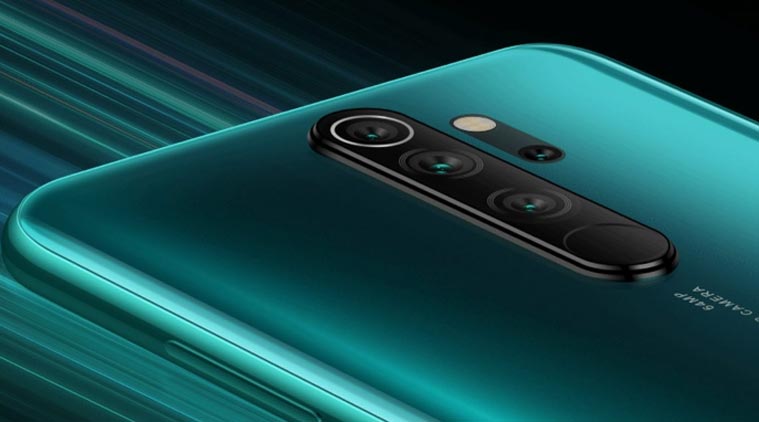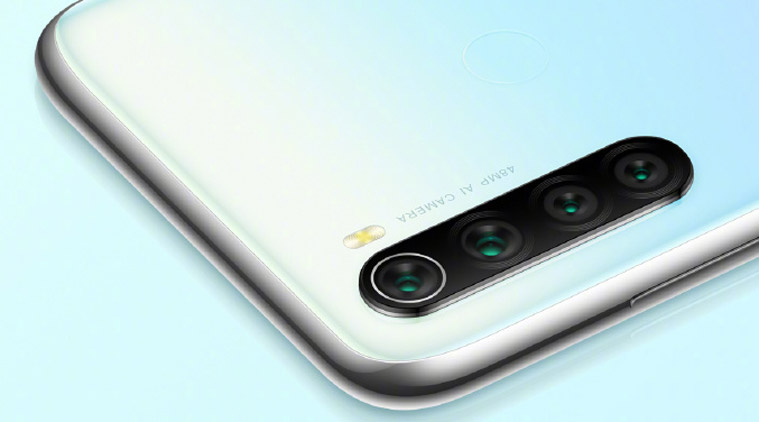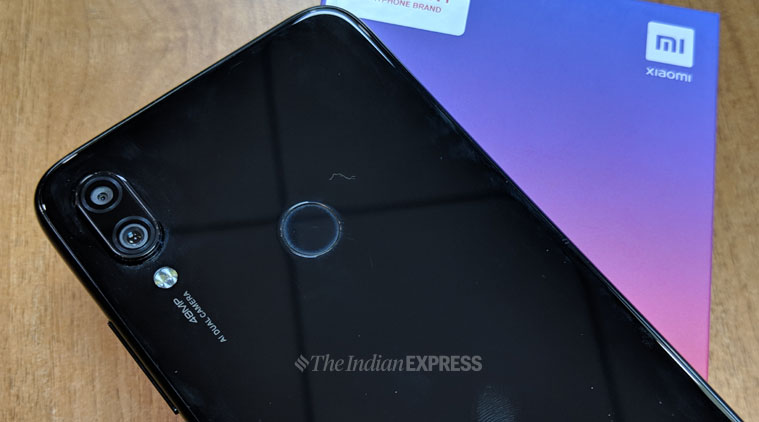Redmi Note 8, Note 8 Pro: A look at the big changes compared to Redmi Note 7 series
Redmi Note 8, Redmi Note 8 Pro, a new RedmiBook laptop and a Redmi TV are expected on August 27. Based on what Xiaomi has confirmed, we compare Redmi Note 8 series against Redmi Note 7.
 Redmi Note 8 Pro and Redmi Note 8 will be launched on August 29. Here’s what will change compared to Redmi Note 7 series, based on what Xiaomi has confirmed so far. (Image source of Redmi Note 8 Pro: Redmi Weibo account)
Redmi Note 8 Pro and Redmi Note 8 will be launched on August 29. Here’s what will change compared to Redmi Note 7 series, based on what Xiaomi has confirmed so far. (Image source of Redmi Note 8 Pro: Redmi Weibo account)
Xiaomi’s Redmi brand is getting ready for the launch of its new Note 8 series on August 29 in Beijing, China. Redmi Note 8, Redmi Note 8 Pro, a new RedmiBook laptop and a Redmi TV are expected at this event as well. Redmi has already revealed several key details about the Redmi Note 8 and Redmi Note 8 Pro smartphones, where the focus is on the quad-camera setup.
Both Redmi Note 8 phones will have four cameras at the back, which is an upgrade compared to the Redmi Note 7 phones. We compare what will change in Redmi Note 8 series versus the previous Redmi Note 7 phones, based on what Xiaomi has confirmed on Weibo.
When will Redmi Note 8, Note 8 Pro launch in India ?
Redmi has confirmed that the 64MP camera phone, which is the Redmi Note 8 Pro will come to India by Q4, 2019, which means in the October time period. Xiaomi has been following shorter refresh cycle on the Redmi Note phones of around six months, and given the Redmi Note 7 launched back in February, the new phones should come to India before end of 2019.
Redmi Note 8 Pro camera vs Redmi Note 7 Pro
With the Redmi Note 7 Pro, Xiaomi introduced the 48MP Sony IMX586 sensor and this was a dual-camera smartphone. However, the Redmi Note 8 Pro goes to the next level and will sport a 64MP main sensor and three other cameras as well.
 Redmi Note 8 Pro will have four cameras at the back with a 64MP main sensor.
Redmi Note 8 Pro will have four cameras at the back with a 64MP main sensor.
The Redmi Note 8 Pro will have a 64MP camera, a super wide angle sensor, a depth of field sensor and a super macro lens at the back. Xiaomi has been posting camera samples from the Redmi Note 8 Pro series on its Weibo page as well, and there are several live images that are already available online, which show this camera setup.
The Redmi Note 8 Pro’s 64MP sensor, which has been manufactured by Samsung, also relies on the 4-in-1 pixel binning technology and can shoot at 16MP resolution in auto mode. The camera will also shoot at 64MP resolution.
Also Read: Redmi Note 8 Pro retail packaging images revealed alongside World of Warcraft editions
The Redmi Note 7 Pro in comparison has a dual camera with a 48MP main sensor and a 5MP depth sensor. The 48MP sensor also relies on 4-in-1 pixel binning. With the Redmi Note 8 Pro, expect higher resolution photos given the bigger 64MP sensor, and an improved Night mode as well.
Redmi Note 8 camera vs Redmi Note 7
The Redmi Note 7S came with a 48MP camera, though this one used the Samsung GM1 sensor. The Redmi Note 7 was launched in India with the 12MP main sensor, though in China, there was only one variant which had a 48MP camera.
With the Redmi Note 8, Xiaomi has also confirmed that this phone will come with a 48MP main sensor. The Redmi Note 8 also gets four cameras at the back and in addition to the main sensor, there will be the ultra-wide, macro sensor and depth sensor. The Macro sensor will allow for closeup shots.
 Redmi Note 8 will also get a new colour and sport a 48MP sensor as the main one (Image source: Xiaomi Weibo)
Redmi Note 8 will also get a new colour and sport a 48MP sensor as the main one (Image source: Xiaomi Weibo)
Redmi Note 8 Pro processor vs Redmi Note 7 Pro
Redmi Note 8 Pro series will run the MediaTek Helio G90T, which is a gaming-centric chipset. In comparison, the Redmi Note 7 Pro is powered by the Qualcomm Snapdragon 675 processor. Xiaomi also revealed that the phone will rely on liquid cooling to keep the game’s thermal footprint under control during gaming. It will also come with TÜV Rheinland high-performance network connection gaming certification, according to posts by the company.
Redmi Note 8 Pro will launch in various RAM/Storage specifications and the highest will likely be 8GB RAM. Xiaomi had previously announced it will launch a phone with the MediaTek Helio G90T in India before the end of 2019, so we expect the Redmi Note 8 Pro to sport the same specifications when it launches here.
 Redmi Note 7 Pro had a dual-camera at the back, but Redmi Note 8 Pro will have four camera. (Image of Redmi Note 7 Pro)
Redmi Note 7 Pro had a dual-camera at the back, but Redmi Note 8 Pro will have four camera. (Image of Redmi Note 7 Pro)
Redmi Note 8 processor vs Redmi Note 7
Redmi Note 8 will run the Qualcomm Snapdragon 665 processor, which is also present on the Mi A3 Android One phone as well as the company confirmed. The Redmi Note 7 in comparison is powered by the Qualcomm Snapdragon 660 processor.
Redmi Note 8 Pro design, new colour vs Redmi Note 7 Pro
Like the Redmi Note 7 Pro, Xiaomi will continue the glass body on the Redmi Note 8 Pro as well. The phone will have a 3D four-curved glass at the back. Redmi Note 8 Pro does have a new Ice Jade green colour, which was not present on the previous phones.
Redmi Note 8 design vs Redmi Note 7
Redmi Note 8 has the rear camera placed on the side, unlike the Redmi Note 8 Pro which has the rear camera bang in the centre of the phone’s rear cover. The Redmi Note 8 also gets a new colour which has an lighter icy-green look, though the company has not confirmed the official name for this yet.







